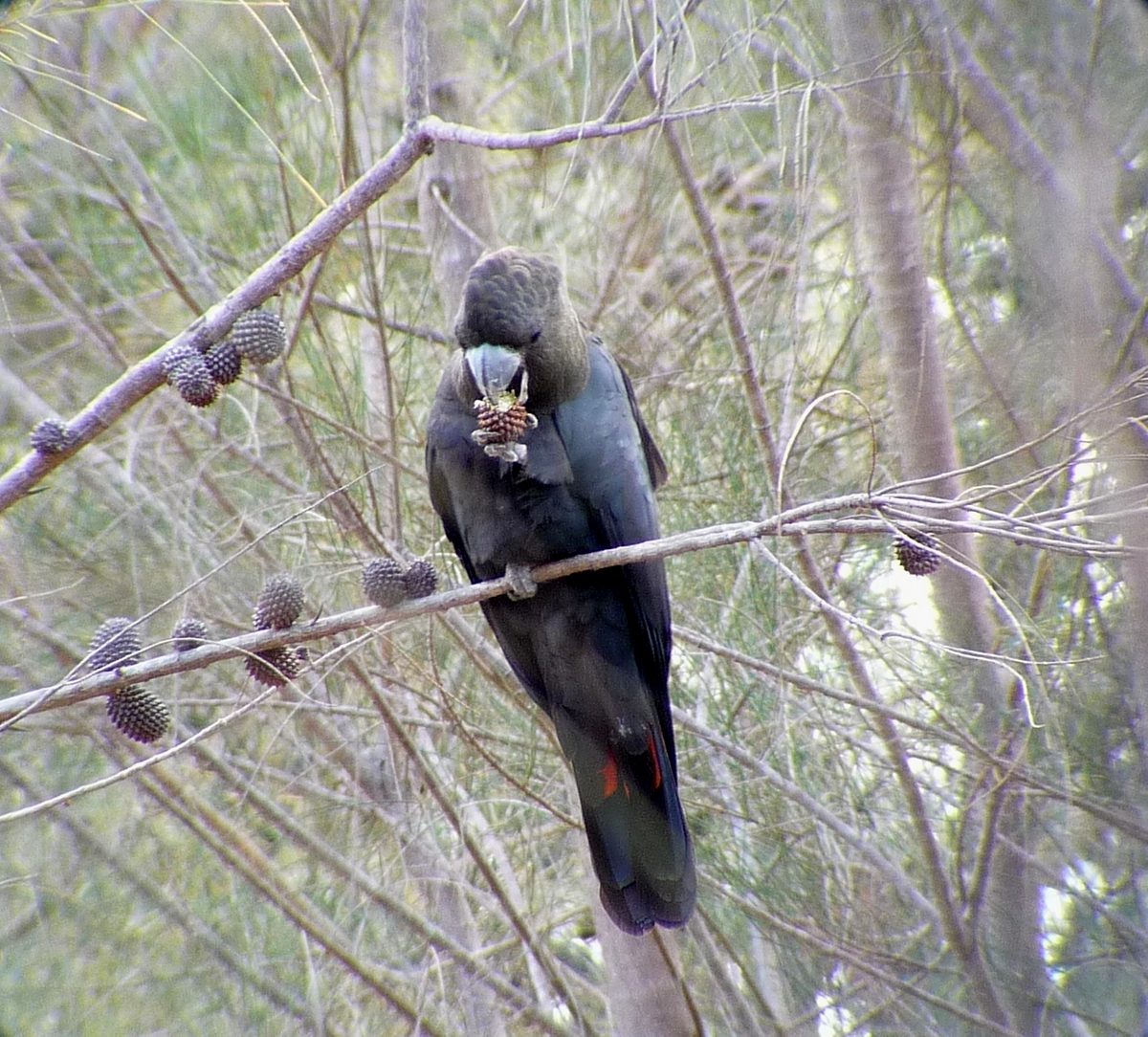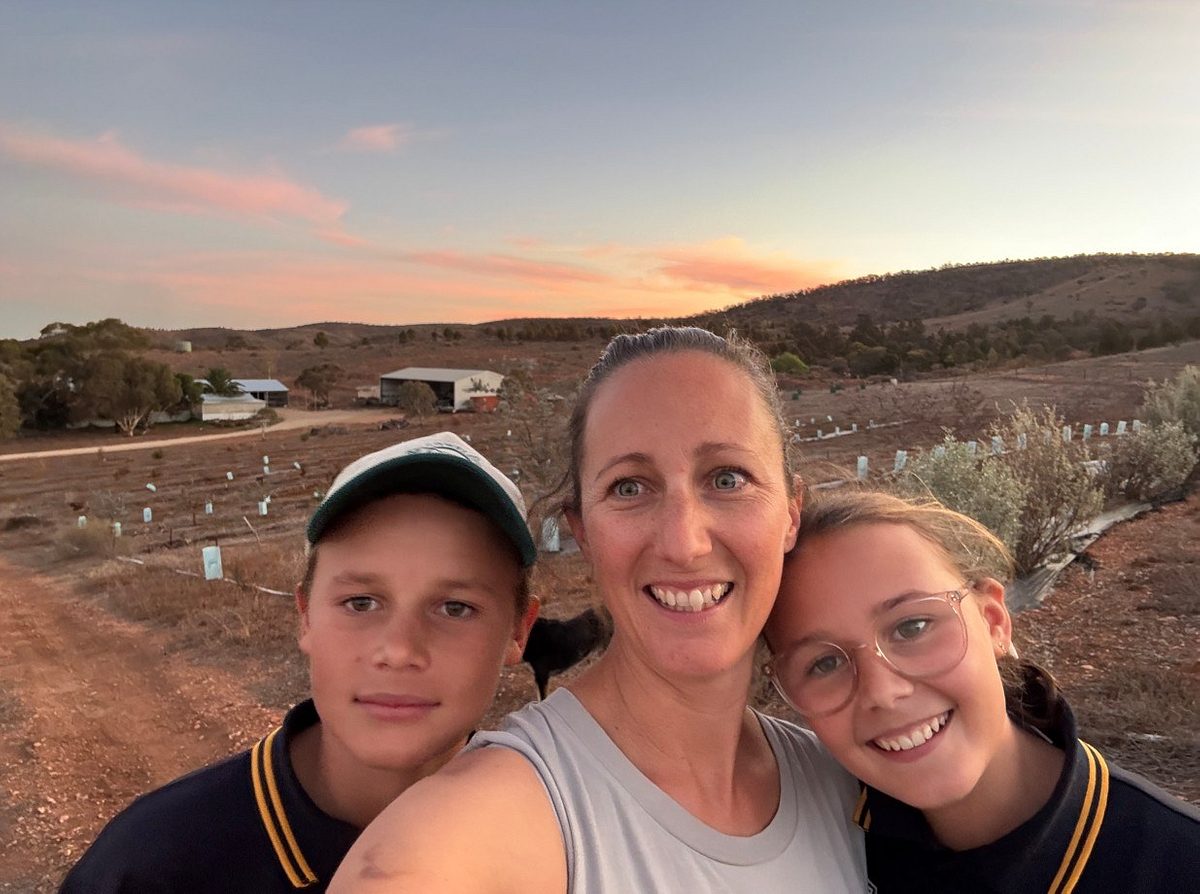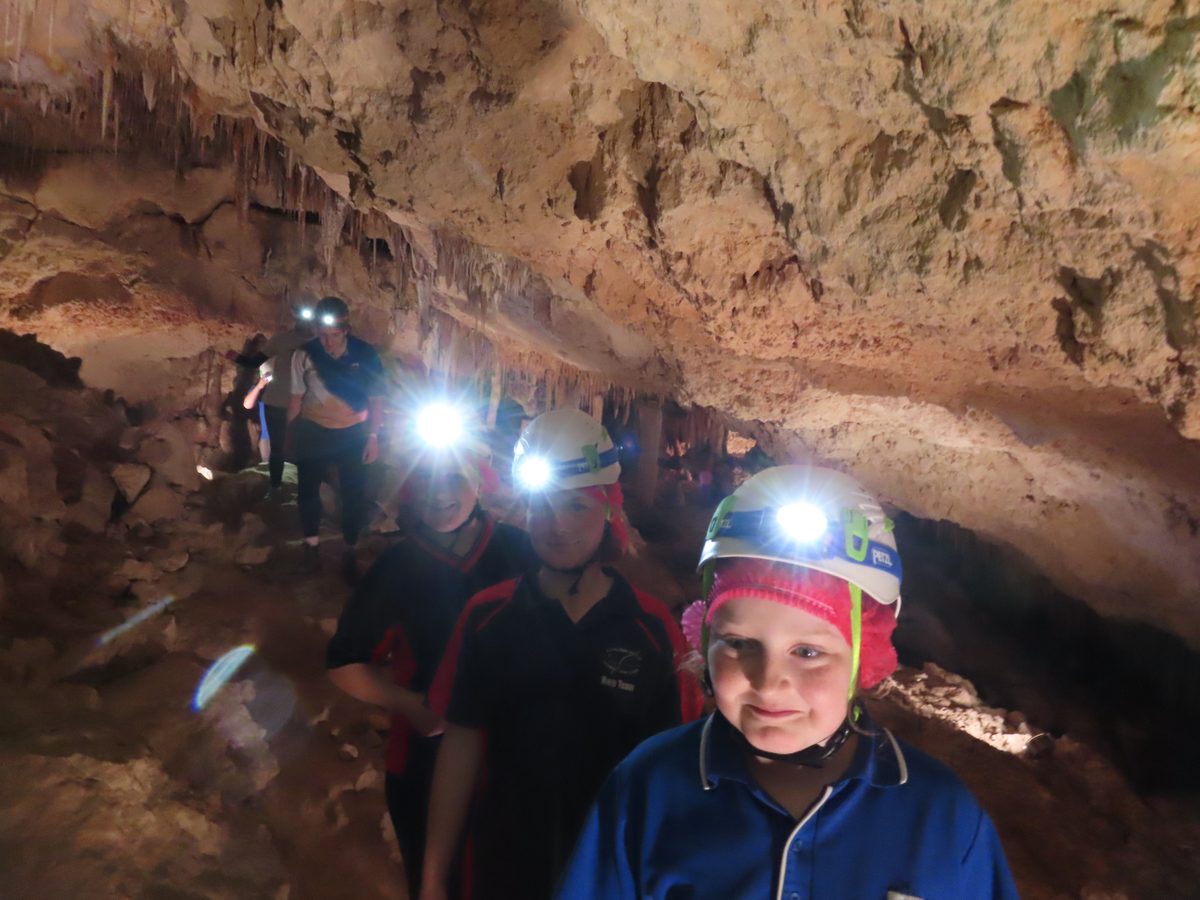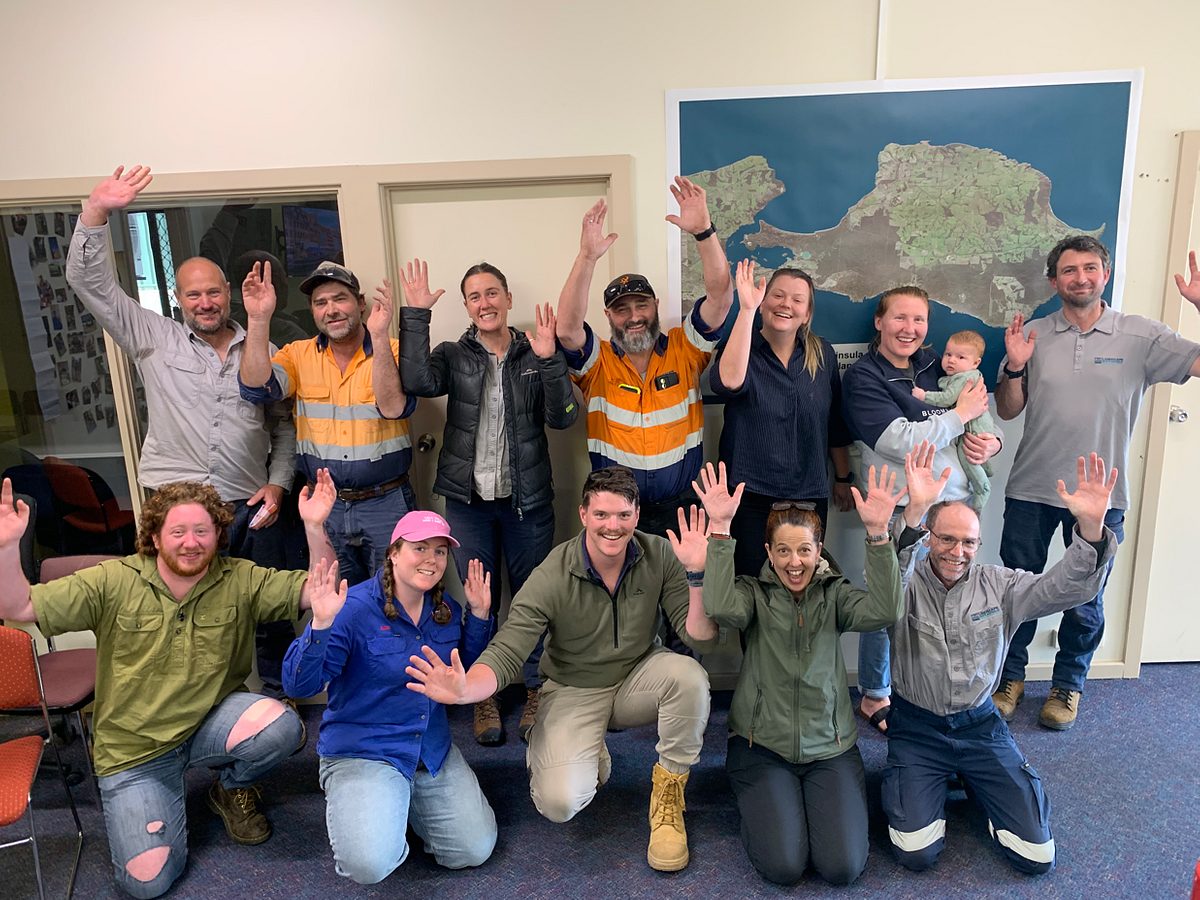Census reveals long-term impacts of the bushfires on glossy black-cockatoos

The most recent glossy black-cockatoo population census on Kangaroo Island has recorded 377 individuals, a decrease of 17% compared to the 2020 count. The population census is a conservative count, and gives a minimum population size, therefore it is likely small numbers of birds could have been missed. However anecdotal evidence suggest in some regions where large areas of sheoak woodland was burnt, the glossy black-cockatoos are now finding available feeding habitat is a limiting factor.
Glossy Black-Cockatoo Project Officer Karleah Berris was involved in the surveys, and believes that food could be in short supply for glossies in some areas of Kangaroo Island. “In some areas, such as Western River and along the Harriet and Eleanor Rivers, glossies had removed most of the nutritious brown cones off of the female sheoak trees and there appeared to be very little food left on trees for them” said Ms Berris.
“From woodlands burnt it previous fires, it appears that burnt sheoak woodlands can take as long as 15-20 years to produce good amounts of seed again. Part of the problem is post-fire seedling regeneration is very dense, and it takes some time for the seedlings to outcompete one another and start producing seed again” said Ms Berris.
However the Kangaroo Island Landscape Board is taking action, and once again will be supplying sheoak seedlings to landholders across Kangaroo Island in 2022 thanks to funding from the Australian Government’s Bushfire recovery package for wildlife and their habitat program. Planted sheoaks, spaced 4-6 metres apart, grow much quicker and can produce seed in as little as 5 years. Glossies are also known to frequent planted sheoak patches, especially post-fire.
“Since the fires, we have had glossy black-cockatoos using planted sheoak over 15 km away from their usual feeding grounds, showing just how important these landholder plantings are for the persistence of this species” said Mrs Berris.
If you are interested in obtaining some sheoaks for your Kangaroo Island property in 2022, please contact Karleah Berris for more information.



